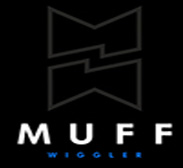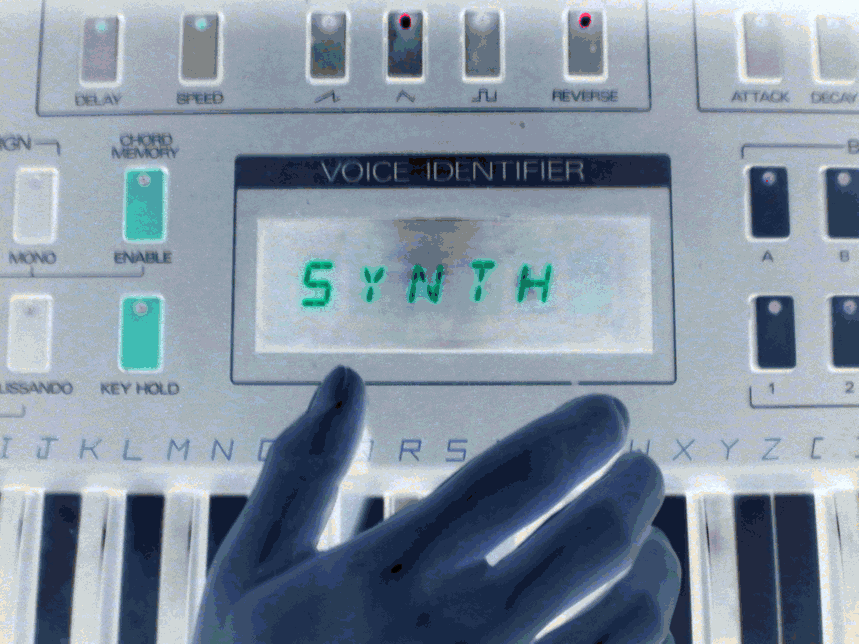
They were thus nicknamed in allusion of their very particular black glass case. Glass technology had been selected because at that time plastics were still unable to ensure a perfect seal between case and terminals. They have been the first transistors widely available, and the aged electronic techs have fond memories of them. It must be said they are found in the earliest fuzz, the first solid state professional audio systems and computers.
This is an opportunity to discuss the properties of the main types and identify their ability to be used in circuits devolved to guitars .
NB: I will only talk about transistors that I actually had in hand.
What were the Black Glass worth ?
They were fragile, a bit noisy — especialy the very first. Their leakage current, the generic defect of germanium transistors, is a bit higher than in later models. Forty years later I found them generally quite musical: Almost all of them combine a sonic color and a texture that makes them exploitable in preamps or boosters, overdrives and especially in fuzzboxes.
Some have been used in historical stompboxes by Arbiter, Sola Sound, Vox, Marshall.
Some were high-quality designed for the first computers. Others have been rediscovered by cloners, in replacement of the classics.
All glass models
OC70
The first Black Glass. It is fragile, noisy and a bit too low gain.
One of the few that are really obsolete.
OC71 or OC72 are preferable.
OC71, OC72
Rustic general purpose models. Proper gain for a fuzz. Average leakage, fairly mild tone.
OC75
Common at the time. Used in some historical three transistors Fuzzboxes like The Marshall Supa Fuzz and some 2 transistors Tone Benders. Highly sought and expensive.
Intense midrange grained texture make it perfect for Fuzz, but not so easy to implement…
Often leaky, not easy to bias, but can sound great.
AC107
One of the latest Black Glass, using the new ACxxx code. Rare and pricey.
They were used in professional audio preamps. Remarkable distinct and smooth tone.
Some later models in TO1 metallic case seem to be low class markdowns…
OC203, OC613 and similar (code >200)
Transistors of these series are not germanium, but early silicium models.
Poor quality indeed. One may and should forget them…
Encapsulated models
Around 1964-65, the glass enclosures were encapsulated in aluminum, more rarely in plastic, to make them stronger.
OC72, OC74, OC76
Higher gain development of the early OC71-72. Work rather well.
OC74 was rediscovered by the cloners of the 90s, and is good in fuzz boxes.
OC76 stands out by its sound clarity. For those who like a sharp distortion.
It may have been used in some 2 transistors Vox Tone Benders.
OC81, OC83, OC84
Particular models made to drive output transistors. Good for fuzz.
OC81D is as much sought as OC75, because it also equipped historic Tone Benders.
OC139 (aluminium cover), OC140 (all glass)
Professionals models, the first NPN developed for computers. Rather rare and pricey.
Give very reliable Fuzz, with homogeneous and clear sound, and accurate overdrive.
They are a good solution in putting germanium transistors into a standard negative grounded circuit without transforming it.
High frequency transistors
OC43
First Black Glass developed for computers. Rare and pricey.
Very reliable. Low leakage and easy to bias. Homogeneous tone without special color.
Good for boosters or preamps.
OC44
Among the first germanium, dedicated to radio frequencies. Slightly leaky.
OC44 is suitable for boosters and preamps. It equipped the Rangemaster by Arbiter …
It can be advantageously replaced by AF124.
OC45
Less high frequencies than previous ones, but very little leakage, therefore reliable and easy to bias, but lower gain. Same qualities in treble boosters and other preamps.
It can be advantageously replaced by AF124.
AF115, AF116
These are not encapsulated black glass, but already Philips-Mullard TO1 boxed.
One may cite them here as early germanium high frequency transistors, designed for Frequency Modulation receivers. They have a fourth connection, enabling the housing of the transistor to be connected to ground.
These models are very fragile, sensible to static electricity, and therefore to avoid.
AF124, AF125
These are later models in metallic TO1 long box. They are much more reliable and less noisy than AF115-116 and better performing than OC44-45.
They can be used to build very nervous preamps or boosters, especially modern versions of the Rangemaster or Screaming Bird.
Guitar Poppa
Second edition, july 2017










